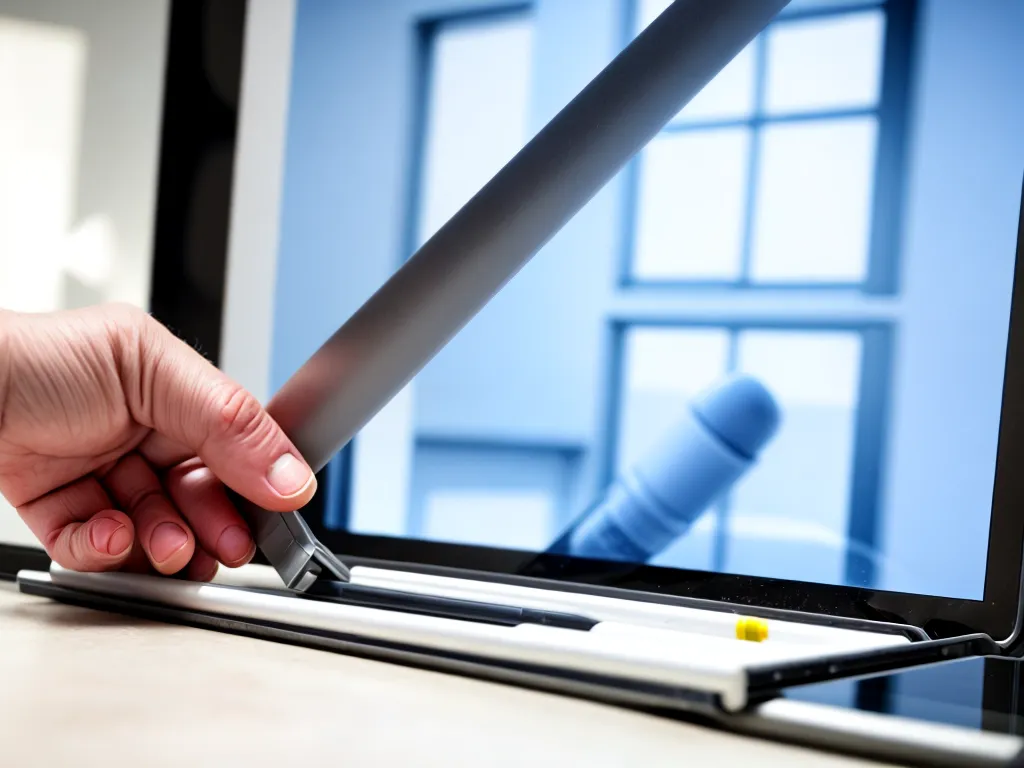Introduction
Reinstalling Windows is often necessary to refresh your PC and remove any corrupted files or malware. A clean install gives you a blank slate and can dramatically improve performance. However, it’s important to back up your files and data first. In this guide, I will walk you through the entire process of safely wiping your hard drive and performing a clean install of Windows from scratch.
Back Up Your Data
The first step is to back up all your personal files and data. This includes documents, photos, videos, downloads, browser bookmarks, and anything else you want to keep. Here are some backup options:
- Copy files to an external hard drive or USB flash drive
- Upload files to a cloud storage service like Google Drive or Dropbox
- Use Windows backup software like File History to create system image backups
Ideally, keep at least two copies of your backups on different storage media. Double-check that your backups were successful before proceeding.
Choosing Wipe Method
Before reinstalling Windows, you’ll want to wipe or erase the hard drive. This removes any existing partitions and performs a clean slate installation.
Here are some disk wiping options:
-
Use the Windows 10 reset feature – This lets you choose to wipe the drive and reinstall Windows from within the OS.
-
Use a bootable USB drive – You can download Windows 10 installation media, boot from the USB, and choose to wipe the drive during setup.
-
Use DBAN boot software – Data Base ANnihilator completely wipes the drive with multiple passes.
-
Use the drive manufacturer’s Secure Erase tool – This performs a hardware based wipe.
I recommend using the Windows 10 reset feature or reinstalling from a bootable USB drive for most users. DBAN and Secure Erase are more thorough but time consuming.
Windows 10 Reset Procedure
Here are the steps to wipe the drive using the Windows 10 reset feature:
-
Type Reset this PC into the Windows search box and hit Enter.
-
Choose Remove everything to perform a factory reset.
-
Select Just remove my files if you don’t want to reinstall Windows.
-
Click Change settings to choose from different reset options:
-
Keep personal files – Reinstalls Windows but keeps your personal data.
-
Fully clean the drive – Thoroughly wipes drive by overwriting data.
-
Restore factory settings – Resets Windows to original state.
-
-
Click Reset and confirm on the warning screen. The process will now wipe the drive, reset Windows, and reinstall a fresh copy.
Installing Windows from Scratch
If using installation media instead of the Windows reset feature, follow these steps:
-
Create a Windows 10 USB installer on a spare flash drive.
-
Boot from the USB drive by entering the computer’s BIOS and choosing it as the first boot device.
-
When prompted, delete all existing partitions to perform a clean install.
-
Create a new partition and choose NTFS as the file system.
-
Mark the partition as active and proceed with the Windows setup prompts.
-
When asked for a product key, enter your license or skip to activate later.
-
Windows will now install a fresh copy onto your blank hard drive partition.
Install Drivers and Applications
After reinstalling Windows, you’ll have a blank slate system. Now you need to:
-
Update Windows – Check for any latest updates and patches.
-
Install drivers – Get the latest drivers for your GPU, motherboard, etc.
-
Reinstall programs – Apps like web browsers, Microsoft Office, etc.
-
Restore personal files – Get your photos, documents, and other data back.
Take time to get your machine fully up to date and customized. I recommend creating a checklist of all the drivers and programs you need to reinstall for a seamless experience.
Conclusion
Reinstalling Windows 10 can breathe new life into an old, misbehaving machine. Follow this guide to safely back up your data, wipe the hard drive, perform a clean install, and get your PC running like new again. Just be sure to plan ahead and have all your driver installers and program installers ready to go after the reset completes.













